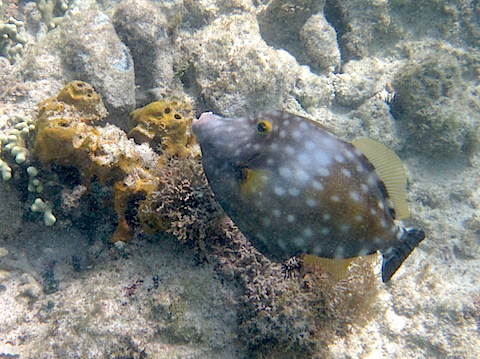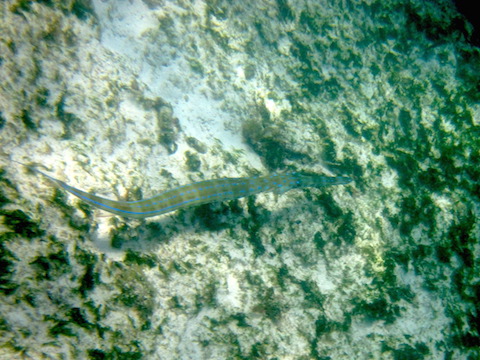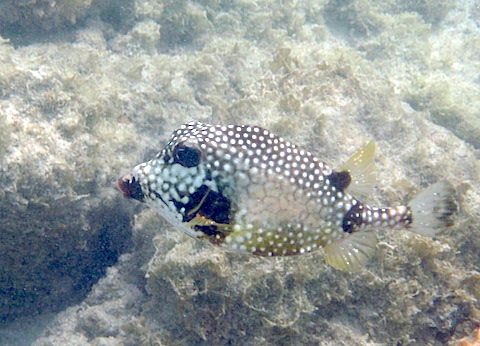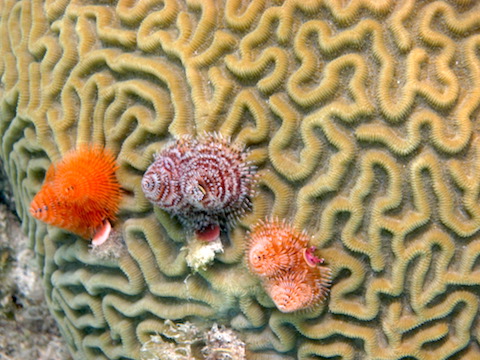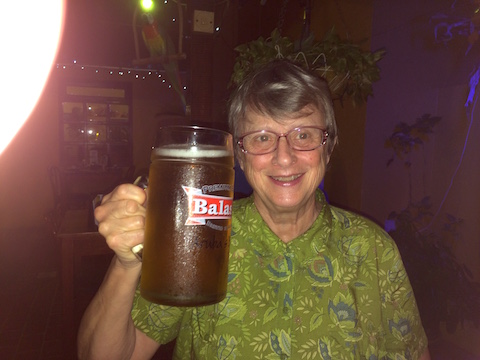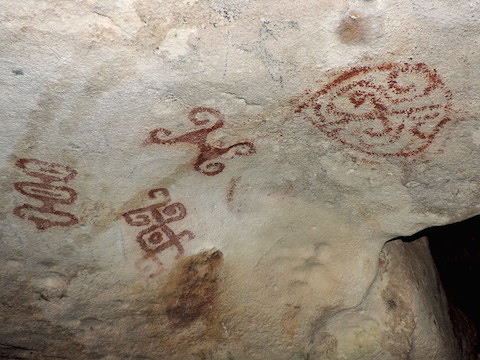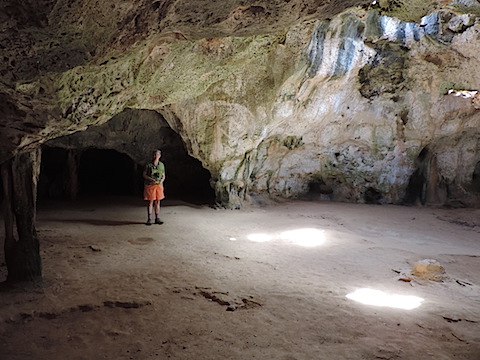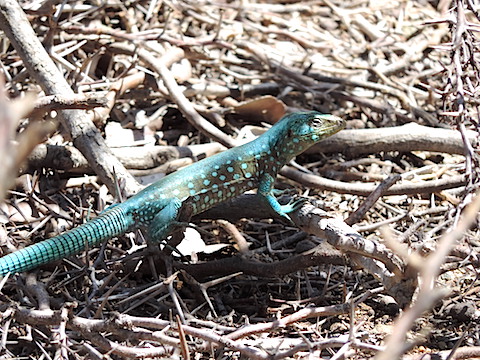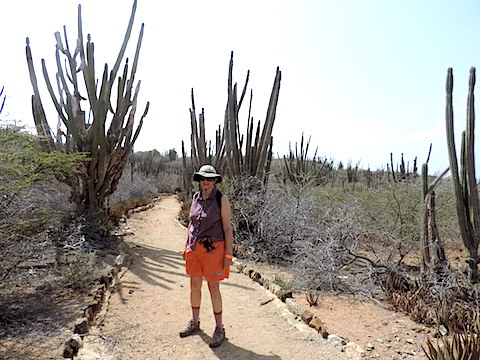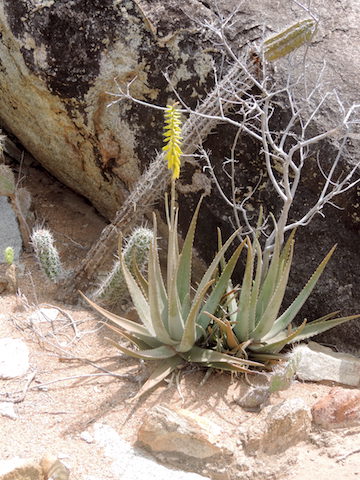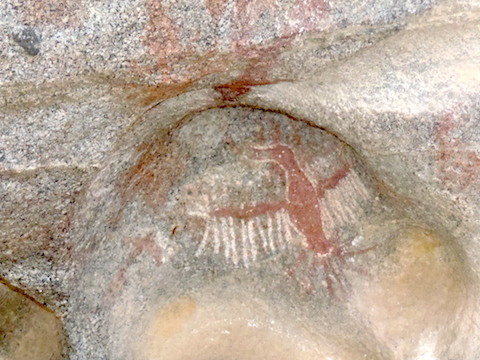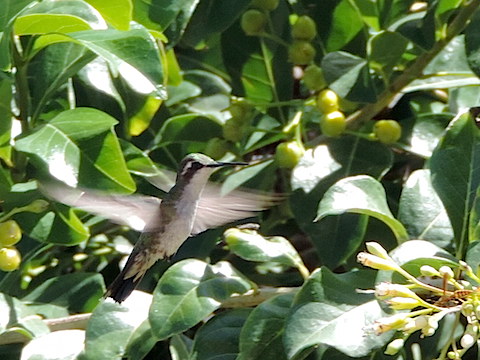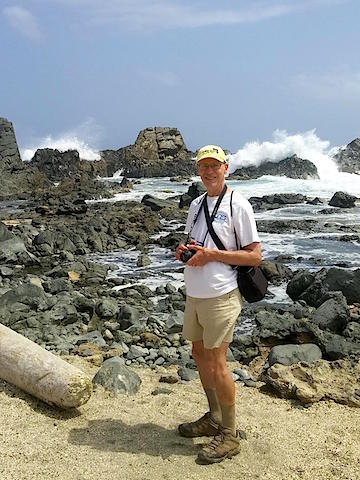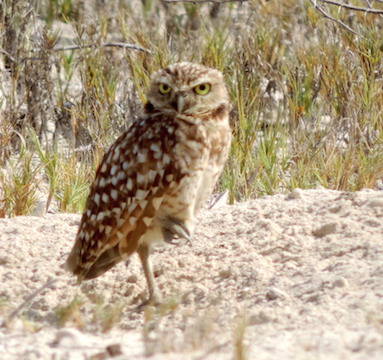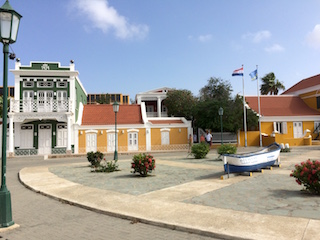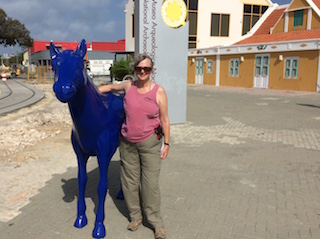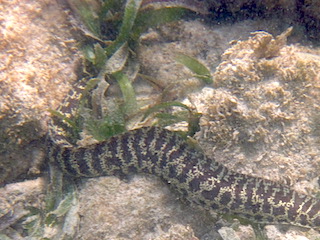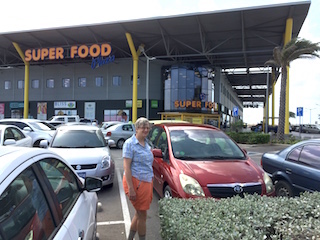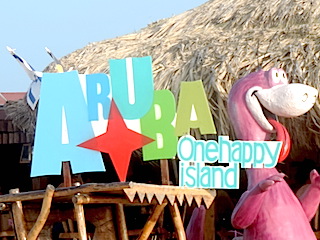One person told us that the winds pick up on Ash Wednesday and then die down after Good Friday. The winds come from the east and blow across the island. This is great for windsurfing and kite surfing, not so good for being in the water on the east coast, whether swimming, snorkeling, or diving. The photo at the right shows the churning ocean at Conchi, the Natural Pool.
The waves on the west coast are much more gentle and we enjoyed safe times in the water.
Aruba is a small Dutch island off the coast of Venezuela. We snorkeled, visited Arikok National Park, looked for birds, visited the Archaeological Museum, and ate a lot.
Here is a small selection of the 1,575 photos I brought home.



